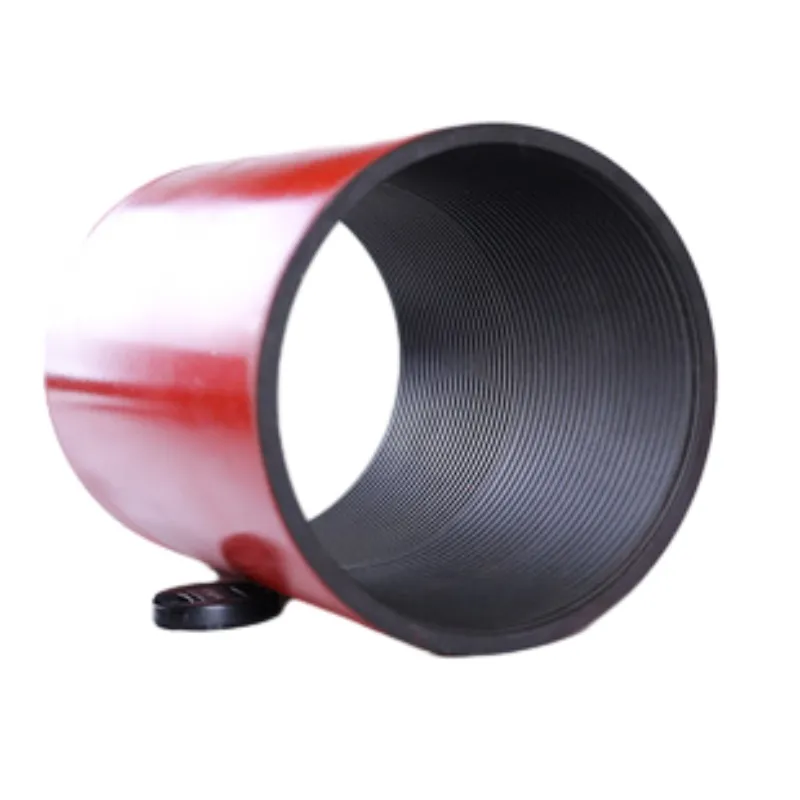- Afrikaans
- Albanian
- Amharic
- Arabic
- Armenian
- Azerbaijani
- Basque
- Belarusian
- Bengali
- Bosnian
- Bulgarian
- Catalan
- Cebuano
- Corsican
- Croatian
- Czech
- Danish
- Dutch
- English
- Esperanto
- Estonian
- Finnish
- French
- Frisian
- Galician
- Georgian
- German
- Greek
- Gujarati
- Haitian Creole
- hausa
- hawaiian
- Hebrew
- Hindi
- Miao
- Hungarian
- Icelandic
- igbo
- Indonesian
- irish
- Italian
- Japanese
- Javanese
- Kannada
- kazakh
- Khmer
- Rwandese
- Korean
- Kurdish
- Kyrgyz
- Lao
- Latin
- Latvian
- Lithuanian
- Luxembourgish
- Macedonian
- Malgashi
- Malay
- Malayalam
- Maltese
- Maori
- Marathi
- Mongolian
- Myanmar
- Nepali
- Norwegian
- Norwegian
- Occitan
- Pashto
- Persian
- Polish
- Portuguese
- Punjabi
- Romanian
- Russian
- Samoan
- Scottish Gaelic
- Serbian
- Sesotho
- Shona
- Sindhi
- Sinhala
- Slovak
- Slovenian
- Somali
- Spanish
- Sundanese
- Swahili
- Swedish
- Tagalog
- Tajik
- Tamil
- Tatar
- Telugu
- Thai
- Turkish
- Turkmen
- Ukrainian
- Urdu
- Uighur
- Uzbek
- Vietnamese
- Welsh
- Bantu
- Yiddish
- Yoruba
- Zulu
what are the differences between casing and tubing?
Differences Between Casing and Tubing in Oil and Gas Operations
In the oil and gas industry, the terms casing and tubing refer to distinct components of the wellbore that serve crucial functions. Understanding the differences between these two elements is essential for anyone interested in the operational aspects of drilling and production.
Definition of Casing and Tubing
Casing is a series of steel pipes that are installed in the wellbore after it has been drilled. Its primary function is to stabilize the wellbore, prevent collapse, and protect groundwater systems from contamination. Casing also isolates different pressure zones found in the strata of the earth, ensuring that fluids do not migrate between layers.
In contrast, tubing is the pipe through which hydrocarbons are transported from the formation to the surface. Once the well is drilled and cased, tubing is inserted into the casing to facilitate the extraction of oil or gas. Tubing is smaller in diameter than casing and is designed to withstand different pressures, making it essential for efficient production.
Key Differences
1. Functionality - Casing serves as a protective barrier and structural support for the wellbore, while tubing is specifically designed for transporting hydrocarbons to the surface. 2. Installation - Casing is cemented in place and becomes a permanent structure of the well, often consisting of multiple strings that are added as drilling progresses deeper. - Tubing is usually not cemented but is secured with couplings and can sometimes be removed or replaced as needed during the life of the well.
what are the differences between casing and tubing?

3. Diameter and Size - Casing is typically larger in diameter compared to tubing, as it must encompass the entire wellbore and provide structural integrity. - Tubing has a smaller diameter, which is optimized to handle the flow of oil or gas with sufficient pressure and volume.
4. Material and Design - Both casing and tubing are usually made from steel, albeit in varying grades and specifications tailored for the conditions they will face. Casing is built to withstand higher external pressures, while tubing is designed for internal pressures during production. - Casing may have various designs based on the depth of the well and geological conditions, while tubing designs focus more on the material's resistance to corrosion and wear from fluid flow.
5. Cost Considerations - The cost difference between casing and tubing can be significant due to their size, weight, and the level of specialization. Casing represents a major investment as it covers a larger volume and requires more robust materials to withstand harsh conditions during drilling. - Tubing, while still a significant cost, is generally less expensive due to its smaller size and the fact that it may be replaced or repaired multiple times throughout the well's life.
6. Lifecycle - The lifecycle of casing is generally the entire duration of the well's operation. Once cemented in place, it is expected to remain until abandonment. - Tubing, conversely, may experience wear and tear due to continuous exposure to fluids and varying pressures, necessitating replacement or servicing over time.
Conclusion
In conclusion, while both casing and tubing are essential to the successful operation of oil and gas wells, they serve very distinct roles. Casing provides the structural integrity and protection necessary for the well, whereas tubing is critical for the economic aspect of production, allowing for the efficient transportation of hydrocarbons from deep underground to the surface. Understanding these differences not only enhances our comprehension of well engineering but also informs decisions regarding maintenance, investment, and operational planning in the oil and gas sector.
-
Tubing Pup Joints: Essential Components for Oil and Gas OperationsNewsJul.10,2025
-
Pup Joints: Essential Components for Reliable Drilling OperationsNewsJul.10,2025
-
Pipe Couplings: Connecting Your World EfficientlyNewsJul.10,2025
-
Mastering Oilfield Operations with Quality Tubing and CasingNewsJul.10,2025
-
High-Quality Casing Couplings for Every NeedNewsJul.10,2025
-
Boost Your Drilling Efficiency with Premium Crossover Tools & Seating NipplesNewsJul.10,2025







